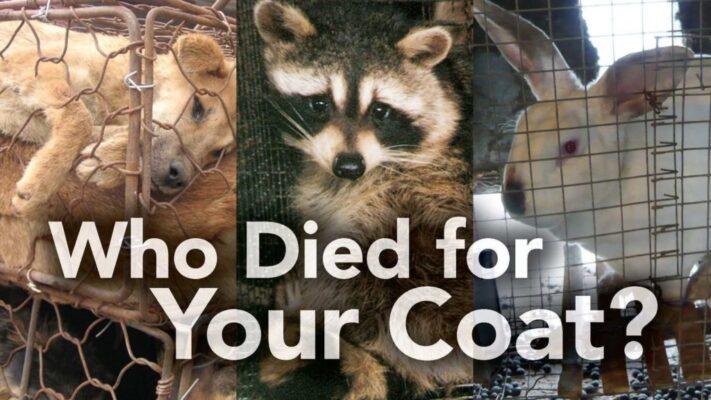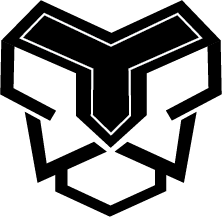No products in the cart.
Animal cruelty is the infliction by omission (neglect) or by commission by humans of suffering or harm upon any non-human. In simpler words, it can be the causing of harm or suffering for a specific achievement, such as killing animals for entertainment, fashion etc.
Today it is their skin,
Tomorrow it can be yours!

In simpler words, it can be the causing of harm or suffering for a specific achievement, such as killing animals for entertainment, fashion etc.
Every year, billions of animals suffer and die for clothing and accessories. Skin is torn from them to make leather, and birds, are killed, while handfuls of feathers are drawn and ripped out of their sensitive skin, and small animals, are caged for life before being killed for their fur. Sheep are often beaten and mutilated by workers stealing their wool and their skin for shearling. Goats are similarly abused, for cashmere and mohair. All this is done, in the name of fashion. No matter the type of material or where it comes from, if the process involves an animal, it involves horrific cruelty.
Humans have used leather, wool and fur for years, and the demand does not drop. With a growing demand for fur and leather over the past century, apparel produced from animals has gone from being functional to being fashionable. Mass production of fur and leather items has created a harsh system of fur farming, trapping, and skinning which has sparked uproar among animal rights activists. With the current demand for animal apparel, approximately 31 million animals are killed in fur farms each year.
How Animals Used for Clothing Are Killed?

Sensitive living beings are tortured and imposed to live in cramped, filthy conditions, and every bit of freedom and autonomy is turned aside from them. Animals suffer at the hands of workers, who may roughly handle, kick, and beat them. After a lifetime of torment, they are violently slaughtered via the cheapest means possible, including bludgeoning, anal electrocution, and gassing. Few, are even dismembered and skinned alive. Trapped animals used for their fur can suffer for days from blood loss, shock, dehydration, frostbite, and gangrene or be attacked by predators before trappers return to kill them.
It is astonishinghow are these animals treated. Few of the videos on youtube also shows how
violently they are beaten up, to death. It is not about being animals or humans. It is about that feeling, it is about being alive and then being cut down, boiled in hot water, its about that pain.
Now, let us talk
about the fabrics extracted from animals. These are:
1- Leather
2- Wool
3- Fur
4- Silk
LEATHER:
A wide variety of
animal species are used to make leather — most notably cattle, but also pigs, goats, sheep, snakes, stingrays, seals, emus, deer, fish, kangaroos, horses, cats and dogs. Even baby animals do not escape the leather industry — with the
skins of calves, kids and lambs considered valuable because of their softness.
Also, big companies use crocodiles skins to make products as they are expensive. They throw a living crocodile in boiling water and keep them in for almost a minute. As the skin on their body bubbles up, it becomes soft and unchallenging to extract. A LIVING CROCODILE IS JUST BOILED!
WOOL:
Similarly, to extract wool, the fleece of the sheep along with a thin layer of skin, is removed. This process is done in spring weather as sheep do not require the outer skin to keep them warm. Shearing, is mostly done by machines or sometimes by hands. But in most of the cases, the sheep are killed to do the same. When we can extract the same thing ethically, then why violence?
FUR:
Fur, fine, soft, hairy covering or coat of mammals that have been important to humankind throughout history, chiefly for warmth but also for decorative and other purposes. The fur is one of the costliest and premium fibre.
SILK:
Silk is produced, from cocoons. Extracting raw silk starts by cultivating the silkworms on mulberry leaves. Once the worms start pupating in their cocoons, these are dissolved, in boiling water for individual long fibres to be extracted and fed into the spinning reel. These animals are tortured and killed before they reach their final stage.
SOLUTION
Start using these products ethically. By ethically, we mean do not kill any animal to extract
fibre, instead use already dead animals for the same.
For leather,
buy second hand or recycled leather. Or instead, use Faux. Faux doesn’t benefit you the way leather does but will help in saving animals.
For Wool,
buy from brands that use non-mulesed wool and buy second-handed wool.
Similarly, for fur,
buy secondhand or recycled ones. If you love the look and feel of it but don’t want to support the horrors of the modern fur industry, there’s often a decent range of pre-loved fur coats at vintage boutiques and markets.
The alternative for silk is to
buy Ahimsa (Peace) silk. Aptly named, ‘peace silk’ is made from the cocoon of a silkworm after it has undergone a metamorphosis and left the cocoon as a moth.
We have to keep in mind to buy from ethical brands. That will save animals and also help us to
make this environment better.
We have to play our parts, and the world will follow.

